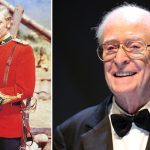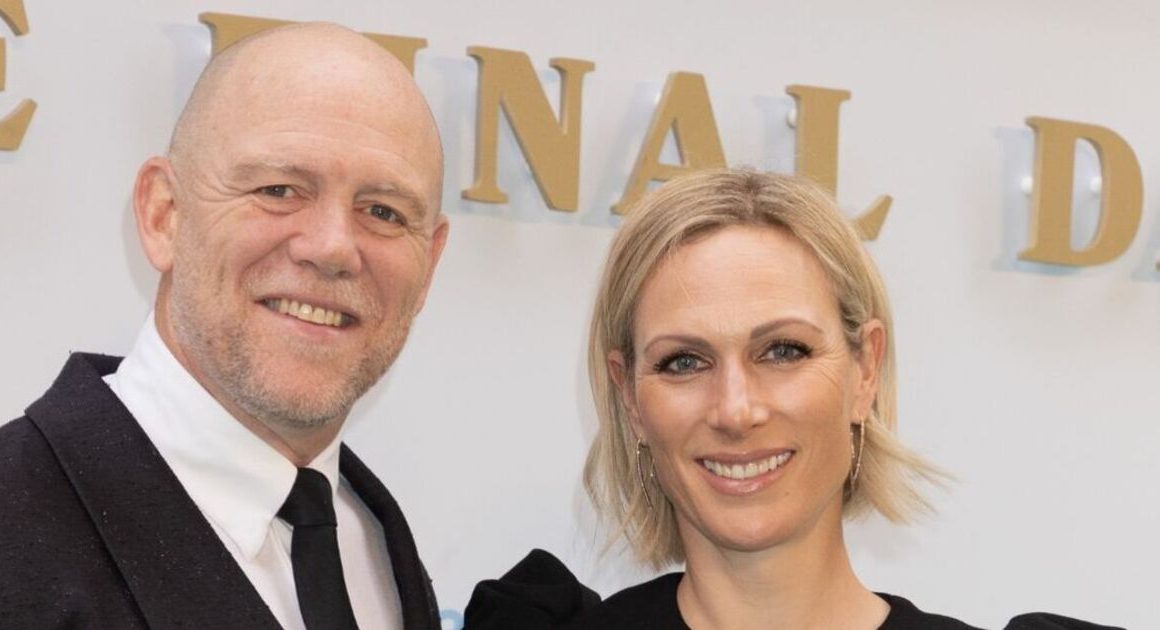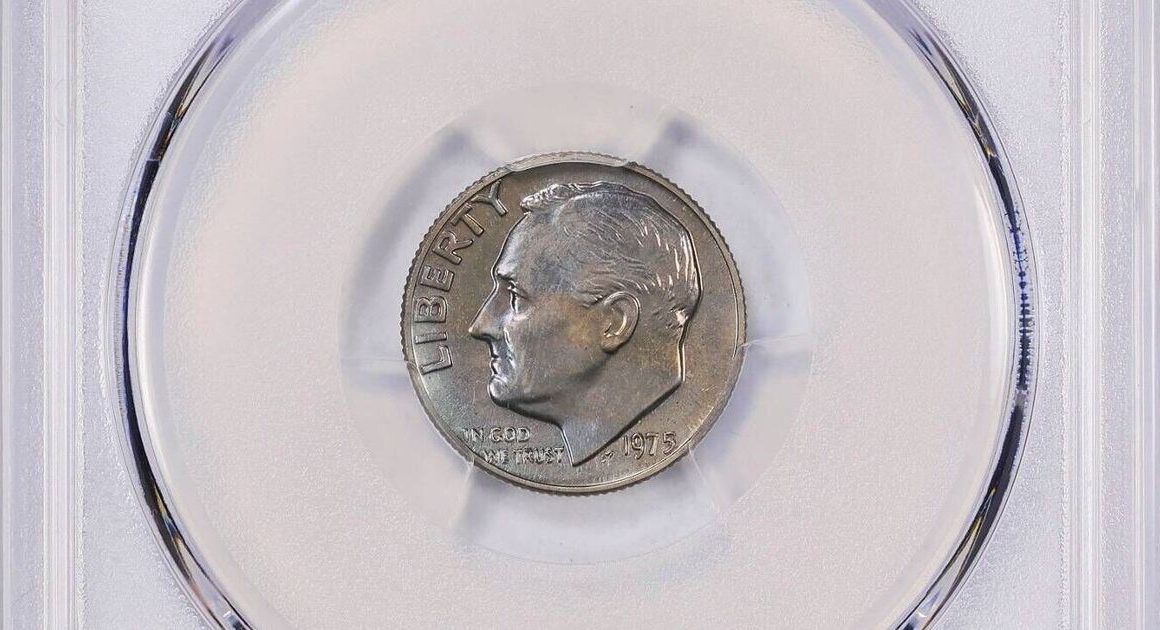Hezbollah has confirmed the death of high-ranking official Nabil Kaouk in an Israeli airstrike, the seventh senior commander killed in just over a week.
The Israeli military earlier said it had killed Kaouk in a strike in a southern Beirut suburb on Saturday.
Kaouk was deputy head of Hezbollah’s Central Council. He also served as Hezbollah’s military commander in south Lebanon from 1995 until 2010.
He was the seventh senior leader of the Lebanon-based Shia militant group to be killed since Sept. 20. They include Hassan Nasrallah, Hezbollah’s top leader for more than three decades.
Senior Hezbollah commander Ali Karaki also died in the airstrike that killed Nasrallah in Beirut on Friday, Hezbollah confirmed Sunday. Israel has said the strike targeted a meeting at an underground Hezbollah compound.
The several senior Hezbollah commanders killed in recent weeks include founding members who had evaded death or detention for decades and were close to Nasrallah himself.
Hezbollah has confirmed its leader for three decades, Hassan Nasrallah, was killed in an Israeli airstrike in Lebanon on Friday and vows to continue the battle against Israel.
A strike by fighter jets killed Kaouk in the Dahiyeh suburb of Beirut late Saturday, said the Israel Defence Forces (IDF).
In 2020, the U.S. Treasury sanctioned Kaouk and another member of Hezbollah’s council, Hassan al-Baghdadi.

Kaouk has been a Hezbollah member since the 1980s, serving as Hezbollah’s military commander in southern Lebanon during the 2006 war with Israel.
He often appeared in local media, commenting on politics and security developments, and gave eulogies at the funerals of senior militants. The United States announced sanctions against him in 2020.
Hezbollah began firing rockets, missiles and drones into northern Israel after Hamas’s Oct. 7 attack out of Gaza triggered the war there. Hezbollah and Hamas are allies that consider themselves part of an Iran-backed Axis of Resistance against Israel.
Israel has responded with waves of airstrikes, and the conflict has steadily ratcheted up to the brink of all-out war, raising fears of a region-wide conflagration.
No ceasefire despite negotiations
Israel said it is determined to return some 60,000 of its citizens to communities in the north that were evacuated nearly a year ago. Hezbollah has said it will only halt its rocket fire if there is a ceasefire in the Israel-Hamas war in Gaza that began Oct. 7. A ceasefire has proven elusive despite months of indirect negotiations between Israel and Hamas led by the United States, Qatar and Egypt.
Hezbollah has also been targeted by a sophisticated attack on its pagers and walkie-talkies that was widely blamed on Israel. A wave of Israeli airstrikes across large parts of Lebanon has killed at least 1,030 people — including 156 women and 87 children — in under two weeks, according to Lebanon’s Health Ministry.
Hundreds of thousands of people have been driven from their homes in Lebanon by the latest strikes. The government estimates around 250,000 are in shelters, with three to four times as many staying with friends or relatives, or camping out on the streets, Environment Minister Nasser Yassin said.
Hezbollah has continued to fire rockets and missiles into northern Israel, but most have been intercepted or fallen in open areas, causing few casualties and only scattered damage.
Israel has shifted its focus to its northern border, striking Hezbollah targets in southern Lebanon. Andrew Chang breaks down the Iran-backed group’s power by examining its military capabilities and its political influence, as both sides inch closer towards a full-blown conflict.
Images supplied by Getty Images and The Canadian Press.
Iran’s foreign minister, Abbas Araghchi, said the “horrific” killing of Gen. Abbas Nilforushan wouldn’t “go unanswered,” the Foreign Ministry’s website reported Sunday.
Nilforushan, a senior officer in Iran’s Revolutionary Guard, was killed in the same Israeli strike on Friday that targeted Nasrallah in Beirut.
Araghchi called the killing a “horrible and cowardly act,” and vowed to use all political, diplomatic, legal and international channels to pursue those behind it and their supporters.
Pagers and walkie-talkies used by Hezbollah members exploded across Lebanon and Syria, killing several people and injuring thousands of others. Andrew Chang breaks down how the suspected Israeli attack is believed to have unfolded, and why these devices were targeted.
Additional credits:
0:29 Credit: CBS News/YouTube
0:32 Credit: MSNBC/YouTube
0:36 Credit: CBS News/YouTube
8:22 Credit: BBC/YouTube
8:23 Credit: Sky News/YouTube














